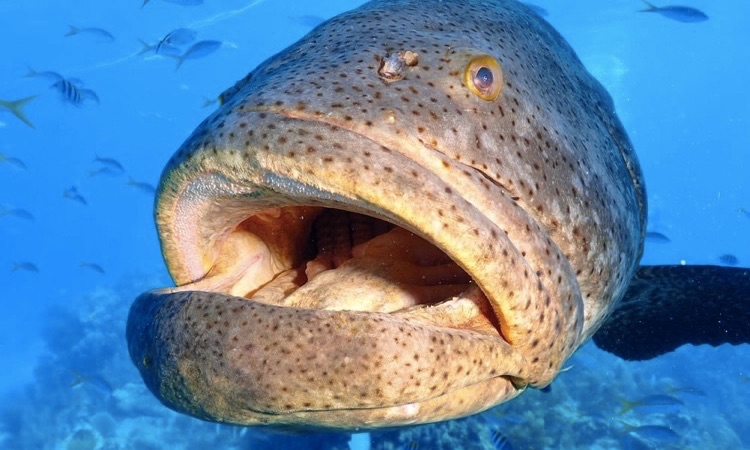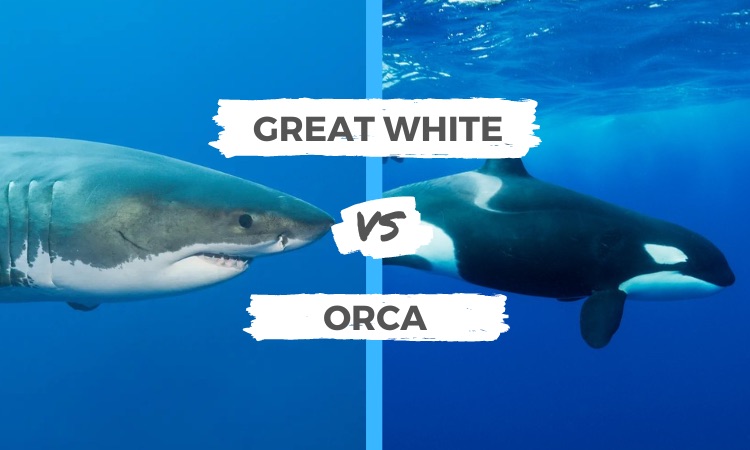Penguins are renowned for their delightful waddles and iconic presence in the Antarctic. Yet, many people don’t have much experience seeing penguins sleeping. So, how do penguins sleep?
Penguins get their rest through intermittent periods of sleep, which generally last no more than 10 minutes each.
Whether they’re land-bound with their beaks tucked into a flipper or floating in the water, these birds are able to take naps throughout the day and night. Read on learn more.
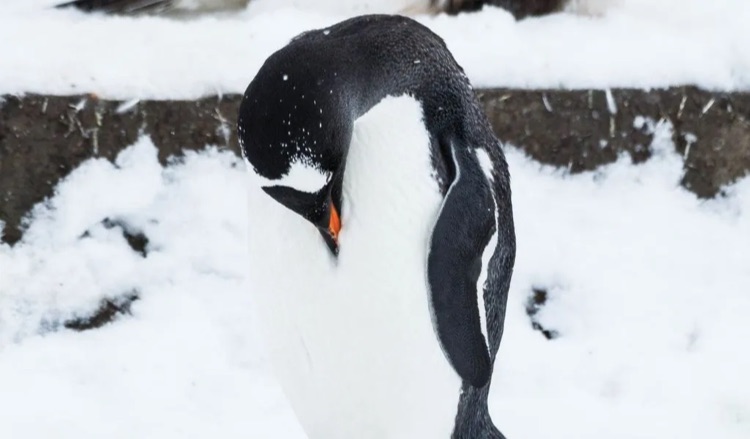
How Do Penguins Sleep?
Penguins employ a combination of vision and sound to remain secure when at rest. By napping with one side of their brains, they are able to distinguish the noises generated by potential predators and safeguard themselves against impending danger.
This phenomenon is referred to as uni-hemispheric slow-wave sleep, typical among avian species. As such, their levels of alertness never waiver whilst asleep!
Scientists conducted a study in which they exposed dozing King Penguins to various noises. They found that the birds did not respond to single tones. They were spooked and hurried away when hearing sounds from potential predators such as orcas or skuas.
Did you know that some species of penguin, like the Humboldt Penguin, can actually sleep with one eye open? This phenomenon is known as unilateral eye closure and allows them to stay vigilant against predators while they rest. Fascinating, isn’t it?
How Long Do Penguins Sleep For?
The sleep patterns of vertebrates can typically be broken down into two categories: monophasic and polyphasic.
Humans generally adhere to the former, meaning they have one large chunk of time devoted solely to slumber each night. Conversely, animals which practice a polyphasic approach receive their necessary rest in shorter bursts throughout the day.
Penguins are polyphasic sleepers, meaning they take several short naps of less than 10 minutes throughout the day and night.
Through research of the tallest penguins, namely Emperor Penguins, in their native environment, researchers discovered that the birds sleep for approximately 10.7 hours every day with the average duration of each slumber lasting from 4 to 7 minutes.
Research of Little Penguins and Galapagos Penguins revealed they slumbered 8 hours and 12 hours per day respectively, as these were more controlled studies wherein scientists re-created both day and night circumstances.
During the ‘penguin parade’, where Little Penguins embark on their journey from sea to burrow at sunset, they are known to pause every 20-50m evidently taking a much needed break. Some even indulge in brief naps of up to four minutes!
To demonstrate variations between penguin species, studies have revealed that some take their naps at any hour of the day. However, a particular study concerning King Penguins found that they sleep more profoundly in the afternoon after lunch.
This is likely due to fewer disturbances from other penguins’ activity during this time as opposed to earlier morning when most penguins are active.
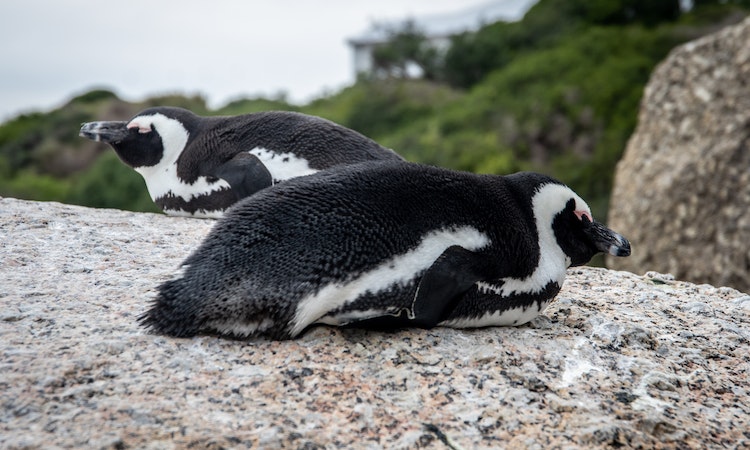
You Can Find Penguins Sleeping at Sea or on Land
Penguins have the remarkable ability to rest both on land and in water since they often spend hours of their day underwater, sometimes even several months during non-breeding season. Additionally, when sleeping in large groups they can keep each other warm while also safeguarding against any potential predators.
Penguins are renowned for their ability to sleep standing up, often with the beak tucked behind a flipper. Curiously enough, this helps insulate them from potentially frigid temperatures on land. Although scientists have yet to determine why certain penguins tuck in their beaks when napping.
Not all species sleep the same way:
- When not standing on the frigid Antarctic ice, King Penguins often recline horizontally, sometimes resulting in a muddied chest.
- The Little Penguins are the only penguin species that is nocturnal on land, meaning they rest during daylight hours in burrows to stay sheltered from the warm temperatures of New Zealand and Australia.
- African Penguins may also sleep in burrows which they dig in sand or guano (penguin poop) as these have a more consistent microclimate than surface nests.
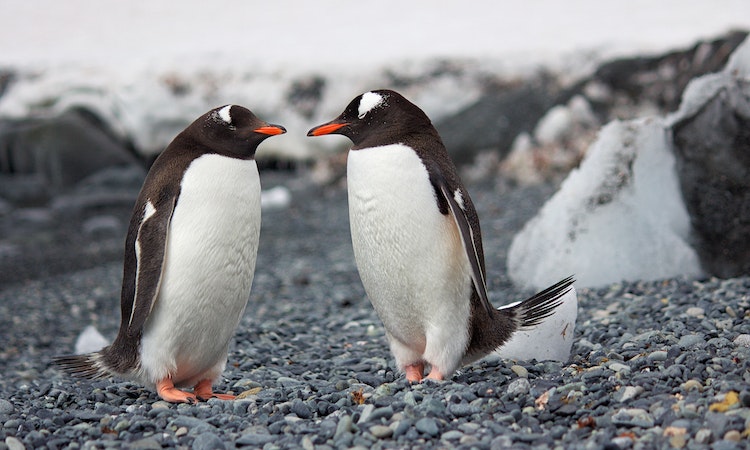
Penguins Sleeping At Sea
Penguins are able to peacefully rest while they drift in the water, due to their dense layer of fat that keeps them afloat. While they snooze, the contrast between light and dark on their body and tail feathers provides a natural camouflage against potential predators.
From below, the white undersides of these creatures meld into the brightness streaming from above. Meanwhile, their dark backs disappear against the shadows lurking in depths beneath them.
Are Penguins Nocturnal?
Contrary to popular belief, most penguins don’t stick to a strict day-or-night schedule. Rather, they are cathemeral creatures that sleep whenever the opportunity arises and their environment permits it. Factors such as predators or prey availability often dictate when these birds can rest.
Conversely, the Little Penguin of Australia and New Zealand is a rare anomaly in that it stands out as the single species to be nocturnal while on land. It habitually appears after dark and departs before sunrise.
It is essential to recall that various types of penguins that reside in Antarctica and the bordering sub-Antarctic islands where they have seasons of polar darkness or unceasing sun, contingent upon how close to the south pole they are. During these seasons, many days, weeks even months can pass without a sunrise or sunset.

